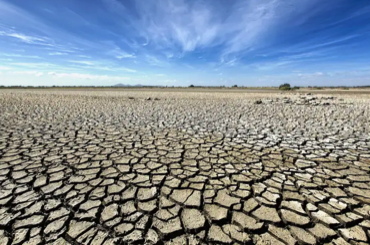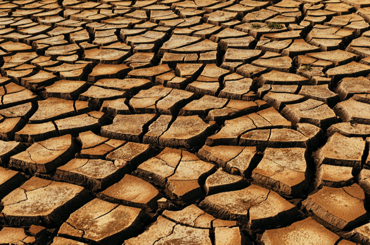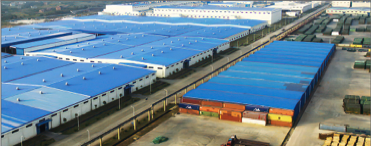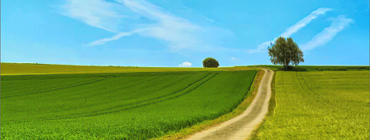Because Utah and much of the West are experiencing a 1,200 year mega-drought, Utah is seeing our water supply diminish, even as our population and the demand for water increase. Nearly 80% of our water in Utah is used by agriculture, much of it to raise water-intensive hay, shipped abroad for cattle. The Great Salt Lake and lakes Powell and Mead are drying. The UVEF teamed up with experts to present an online public forum on drought, water use, water conservation and other water issues. You can read a summary of recommended solutions.
In the mean time, you might consider replacing your thirsty, costly-to-maintain grass lawn with an attractive, resilient, money and labor saving, low-polluting, water-wise xeriscape. Details are at Xeriscape.UVEF.org.
Utah is experiencing a 1,200 year mega-drought and facing a growing and multi-faceted water crisis. The Great Salt Lake is drying up and predicted to result in an “environmental nuclear bomb”—toxic air pollution. We are experiencing human-caused global warming and increasing record high temperatures. Utah’s population is rapidly growing as is the demand for water. Utahns dump wastes and agricultural runoff into our lakes, rivers and streams. Utah has outdated water rights and city ordinances that contribute to waste and discourage water conservation. Most of Utah's water is used by agriculture (in a semi-arid region) to irrigate water-intensive hay, much of which is shipped abroad to China and India to feed cattle. To help address these issues and offer solutions, the Utah Valley Earth Forum hosted a public zoom forum with a panel of distinguished experts to discuss Solving Utah's Growing Water Crisis.
View a summary of solutions to Utah's growing water crisis.
NEWS & More
Solving Utah's Growing Water Crisis
Drought / Dying GSL / Xeriscaping
A controversial “inland port,” a name for a mega warehouse/ transportation/ shipping/ industrial/ diesel trucking hub, is planned for Utah Valley, to be located in Utah Valley, at Spanish Fork. The port was initially designed to cover 2,200 acres (but it's growing!), consisting largely of irreplaceable, high-quality farmland and wetlands, only about two miles from environmentally sensitive Utah Lake.
As mentioned on the main landing page, scientists, doctors and residents are opposed to the project because it is not needed, will harm human and environmental health, harm agricultural interests and the character of the community, waste taxpayer money and is not justified by any thorough, rigorous, science- based, independent, widely-publicized study.
Learn more about this harmful project and and please sign the PETITION to STOP it.
Stop the Polluting Port Boondoggle




